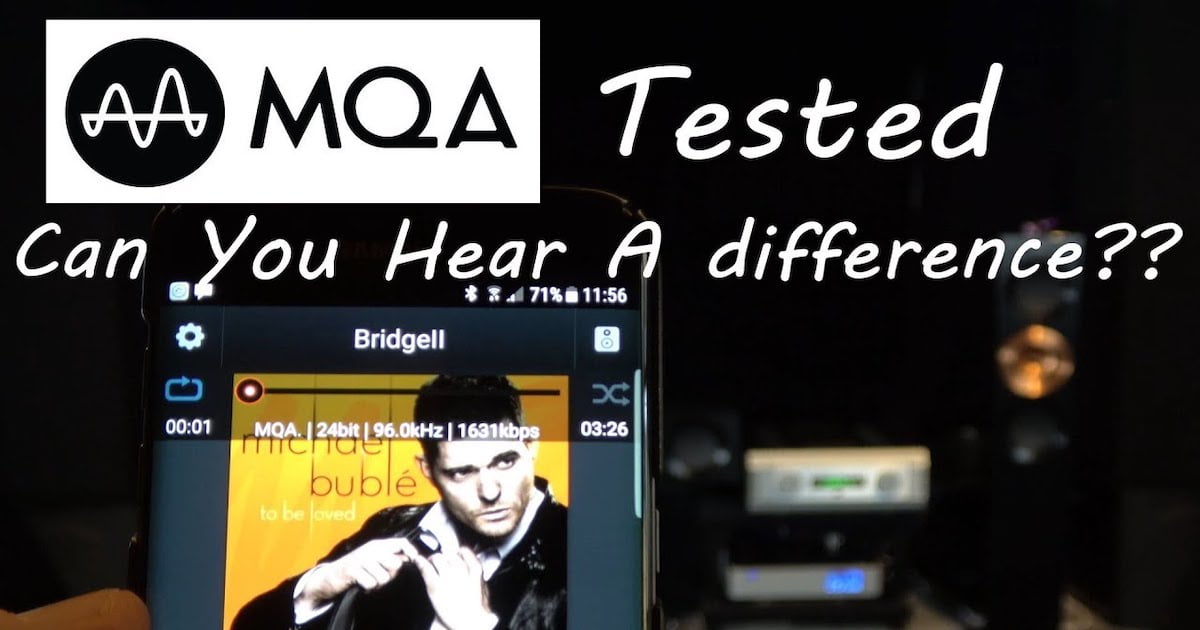It’s the time of year for saving money!

Over a year ago I wrote that the term “mid-fi” should be retired. Given that you can find high-resolution audio gear at almost every price-point nowadays, from under $200 DACs to $139/pair speakers, it seems that trying to delineate audio quality based on price is a dead end.
Certainly there is still a difference between “acceptable” sound and truly “good” sound, but how can we scriveners designate such a gap? After months of careful and lugubrious study of the problem I’ve come up with my own solution, it’s called the “Background Music Device” or BMD for short.
A BMD is a component designed to make acceptable sound for non-critical music applications. An archetypical BMD would be a ceiling-mounted speaker. BMDs, by their very nature, are not and never will be a first choice for critical or focused music listening because they do not generate a stereo image and are not installed so as to create a sweet-spot or primary listening location. BMDs are for ambient, background and soundtrack-to-your-life applications.

Background Music Devices even have a software corollary – “Background Music Sources,” which, like BMDs were created principally for background music and non-critical listening. Pandora, Spotify, the “music channels” on Direct TV and other low to medium resolution streaming sources are all BMSs. Just as with BMDs, there is no way to get any of the music channels on Direct TV to image, portray a sense of depth, or provide inner detail regardless of what gear you use to play them. Even on a high-resolution state-of-the-art reproduction system, low rez, highly compressed music will still sound like BMS.
So, there you have it. Mid-fi is dead. BMDs and BMS have take mid-fi’s place as the red-haired bastard offsprings of high-fidelity. Welcome to the 21st century.





